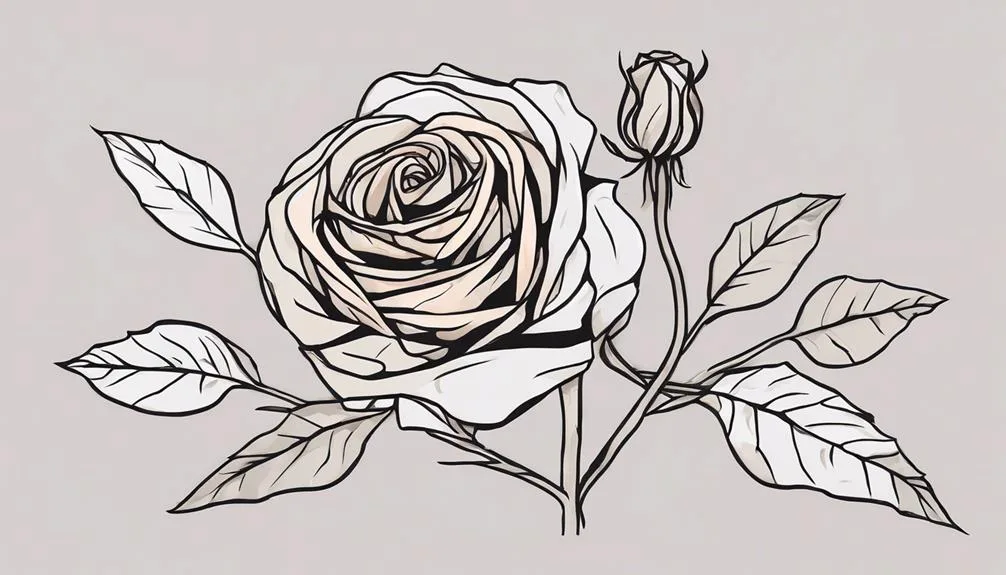When your relationship is going through a tough time, it’s important to figure out if it’s a temporary issue or something deeper.
To tackle these challenges, it’s crucial to talk openly, create clear boundaries, and maybe get help from a counselor.
The big question is whether these actions can really fix the broken parts.
As you think about this, consider how making these changes might not only help your relationship but also improve yourself.
Key Takeaways
- Recognizing toxic patterns and establishing open communication are foundational steps to fixing a toxic relationship.
- Setting healthy boundaries is essential for mutual respect and personal growth within the relationship.
- Seeking professional help can provide tailored strategies and support for navigating and healing a toxic relationship.
- Re-evaluating the relationship critically is crucial to decide whether to rebuild together or part ways for individual well-being.
Identifying Toxicity Signs

Recognizing the signs of a toxic relationship is the first critical step toward healing. You might find yourself ignoring red flags because admitting there’s a problem feels intimidating. It’s like you’re wearing rose-colored glasses, making excuses for behavior that, deep down, you know isn’t right. But taking off those glasses is essential.
Another sign you’re in a toxic dynamic is blame shifting. Instead of addressing issues together, your partner might deflect responsibility, suggesting that you’re the problem. This tactic not only avoids solving the real issues but also leaves you feeling guilty for things that aren’t your fault.
Identifying these patterns is painful yet necessary. It’s the first step on a journey toward a healthier relationship or the realization that it might be time to walk away.
Communicating Openly

Once you’ve identified the signs of toxicity, it’s important to start communicating openly with your partner. This means engaging in conversations where both of you feel heard and understood.
Active listening plays a critical role in this process. It’s not just about waiting for your turn to speak, but genuinely understanding your partner’s perspective. Emotional intelligence also comes into play, as it allows you to recognize and manage your emotions, as well as empathize with your partner’s feelings.
Setting Healthy Boundaries
After establishing a foundation of open communication, it’s important to focus on setting healthy boundaries to further strengthen the relationship. Boundaries aren’t about creating distance but about carving out space for personal autonomy and mutual respect.
You’ve got to be clear about what behaviors you’ll and won’t tolerate, ensuring both partners feel valued and heard. This might mean setting aside time for individual interests or agreeing on how to handle disagreements. Remember, it’s about finding a balance that honors both of your needs and feelings.
Seeking Professional Help
If your efforts to set healthy boundaries don’t seem to be improving the relationship, it might be time to seek professional help. Engaging a qualified therapist can offer new perspectives and strategies tailored to your unique situation. Before diving in, here are a few things to consider:
- Therapist qualifications: Make sure they’ve experience and training in dealing with toxic relationships and interpersonal dynamics.
- Cost considerations: Therapy can be an investment in your well-being. Explore options like sliding scale fees or insurance coverage.
- Commitment to the process: Healing takes time. Be ready to commit to the journey, even when it feels challenging.
Addressing these factors can make the path to a healthier relationship clearer and more achievable.
Re-evaluating the Relationship

At some point, you may find it necessary to take a step back and critically assess the state of your relationship. This re-evaluation is important for understanding whether the dynamics promote personal growth and mutual interests.
Ask yourself, are you both evolving together? Is there a balance between giving and receiving? If your relationship seems to stifle growth or lacks shared interests, it’s a sign that changes are needed.
Consider if there’s still a solid foundation to rebuild upon or if it’s healthier to part ways. Remember, a relationship should uplift both partners, fostering an environment where personal development and mutual interests thrive.
It’s about finding that harmony where both of you can grow, together or apart.
Conclusion
Addressing the challenges within a toxic relationship demands mutual commitment to recognize its signs, communicate openly, set boundaries, and sometimes seek external support. When efforts to progress seem futile, it’s crucial to evaluate the relationship’s viability, always prioritizing personal well-being.
The journey towards either rejuvenating a relationship or embracing solitude underscores the importance of making and adhering to difficult decisions. Does the path to healing or parting ways lead to a stronger sense of self and a healthier future? This question invites reflection, encouraging a thoughtful consideration of the steps necessary for personal growth and relational harmony.

